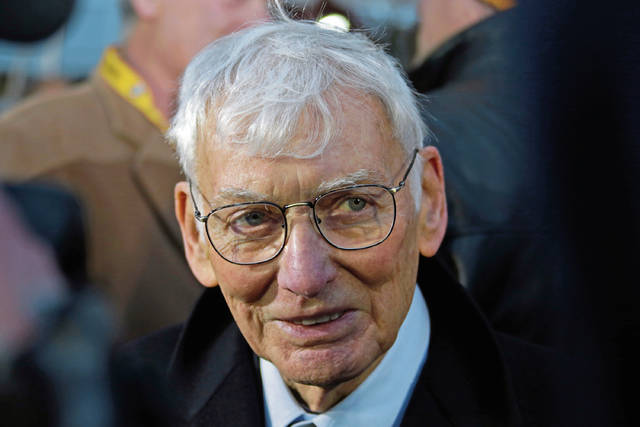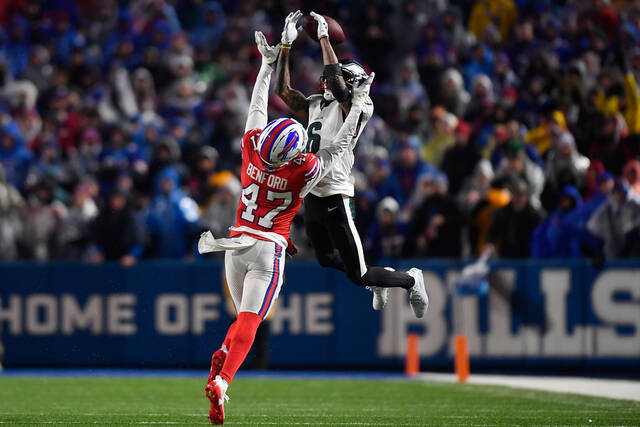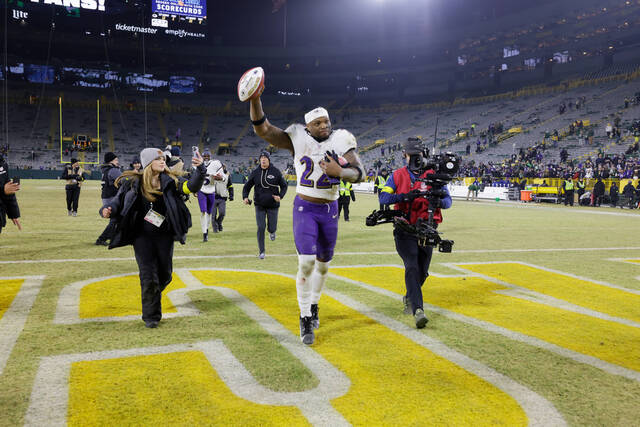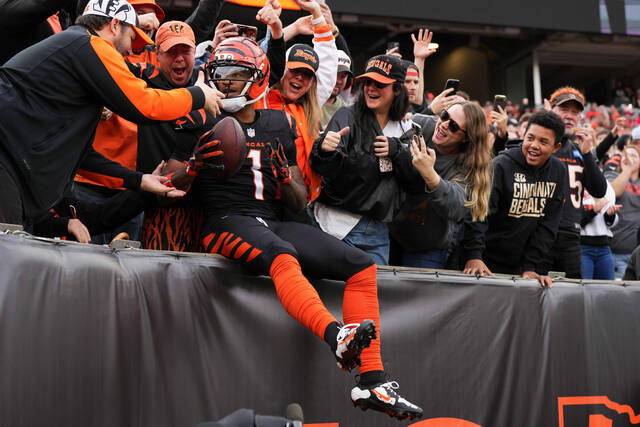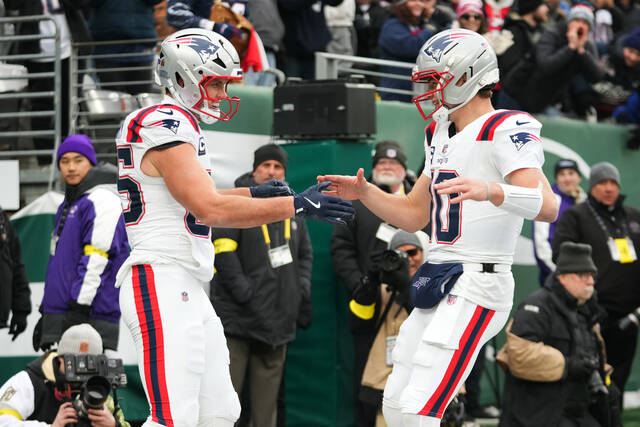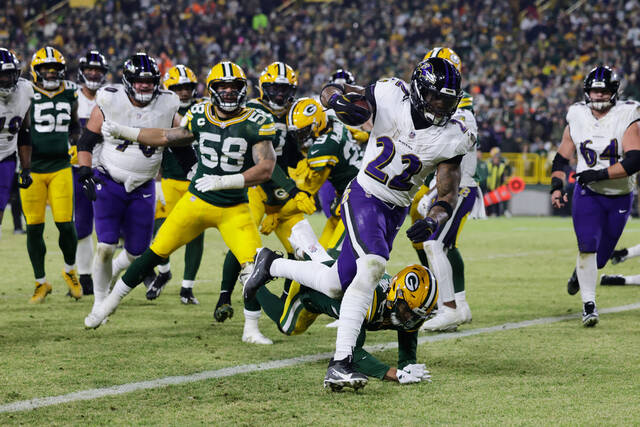In 2003, the NFL had three minority head coaches: future Pro Football Hall of Famer Tony Dungy, Herman Edwards and Marvin Lewis.
In the 12 previous seasons, there had been six. Total.
Considering the majority of the players in the league 16 years ago were minorities, that imbalance was enormous. And disturbing.
Paul Tagliabue, then the NFL commissioner, put together a committee that established the “Rooney Rule,” which requires all teams with coaching and front office vacancies to interview minority candidates. The rule was named for the late Dan Rooney, then president of the Pittsburgh Steelers and head of that committee.
Rooney, one of the league’s most enlightened and free-thinking owners, recognized opportunities for minority coaching candidates were limited throughout the NFL — even in searches for assistant coaches.
“Like the commissioner, he understood there was a gap that needed to be addressed immediately,” said Art Rooney II, Dan’s son and current Steelers president. “We needed to make major steps in the area of minority hirings, and it needed to be done in a manner that was clear to all franchises and completely transparent.”
When initiated, the Rooney Rule was a trendsetter for professional sports organizations. Quickly, there was a more steady stream of minority candidates getting interviewed, and by 2006, there were seven minority head coaches.
“I thought it was going to be difficult to implement the rule right way and that there would be a disconnect with what Dan had in mind, and how to execute it,” Dungy said. “Dan was one of most up-front people you would ever meet, and his idea was if it would cause people to slow the process down and investigate more thoroughly, then they would do a good job. And people who deserve an opportunity — whether minorities or not — will automatically come to the top.”
The numbers have fluctuated through the years, but it never has kept up with the percentage of minority players.
There is particular concern today regarding diversity in the existing structure for hiring of assistant coaches. Art Rooney has expressed such concerns, and Troy Vincent, the NFL’s football operations chief and highest-ranking African American, joined the league’s diversity committee this year.
“We had a meeting back in (last) December talking about the pipeline for minority coaches in the league,” Vincent said. “I would say there is a general agreement that we need to look for ways to grow the pipeline, to grow the opportunities for minority coaches to advance. I think it’s something we’ll spend some time looking at as this offseason goes on.”
That is particularly true on offense.
In theory, that never should have become an issue. What Dan Rooney, Tagliabue and the Fritz Pollard Alliance that champions diversity in the NFL envisioned has not exactly come to fruition.
One issue often mentioned is tokenism. How real are the interviews given to minority candidates? Are they simply brought in to comply with the Rooney Rule even as teams have no intent of hiring them?
That, of course, can be true for any candidates. But if it happens to minorities — many backers of more diversity within the league would say “when it happens” — it clearly is a violation of the spirit of Dan Rooney’s vision.
“It is an issue that occurs,” Art Rooney said, “and when it does, it’s a setback for diverse hiring, for sure.”
One case that caused a stir came after the 2017 season, when the Raiders sought a new coach and almost immediately turned to Jon Gruden. Being able to rehire Gruden, the last coach to have a steady winner in Oakland and a man who parried all advances by NFL teams while he worked as an ESPN analyst for nine years, was a coup. But there was a storm of suspicions the team didn’t bother with the parameters of the Rooney Rule.
The Pollard Alliance lodged a complaint with the NFL after Raiders owner Mark Davis said he decided on Gruden even before minority candidates were interviewed by GM Reggie McKenzie. Davis hired Gruden, and the league found no violations: two black assistants — Tee Martin of USC, and the Raiders’ Bobby Johnson — were interviewed.
Dungy is troubled by such machinations.
“If you just say, ‘I am going to satisfy the letter of law, interview a minority candidate and then hire who I want anyway,’ then, of course, it doesn’t work, and it creates hard feelings,” Dungy said. “And that is what happens more and more. An owner wants an offensive coach, maybe a quarterbacks guy, so he interviews a defensive backfield coach who is a minority to satisfy (the Rooney Rule). And then he hires the offensive guy he wanted all along.”
Art Rooney and commissioner Roger Goodell disagreed this year on how to measure the effect of the rule. Goodell reasoned it can’t be measured in one-year increments after five minority head coaches were fired and only Miami’s Brian Flores was hired. Art Rooney insisted that is exactly how to judge the progress — or lack thereof.
“It is a good rule, an important rule,” Rooney said, “and we will continue implementing is as it was designed. That’s the right thing to do.”


